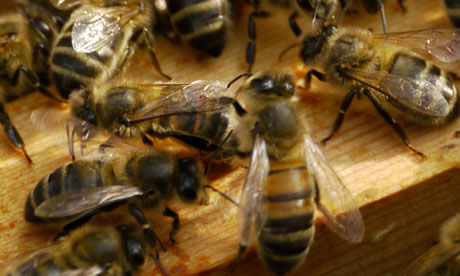
Neonicotinoids block part of brain bees use for learning, leaving them unable to make link between floral scents and nectar
Widely used pesticides have been found in new research to block a part of the brain that bees use for learning, rendering some of them unable to perform the essential task of associating scents with food. Bees exposed to two kinds of pesticide were slower to learn or completely forgot links between floral scents and nectar.
These effects could make it harder for bees to forage among flowers for food, thereby threatening their survival and reducing the pollination of crops and wild plants.
The findings add to existing research that neonicotinoid pesticides are contributing to the decline in bee populations.
It has also been revealed that a separate government field study on the impact of the pesticides on bees was seriously compromised by contamination because the chemicals are so widespread in the environment.
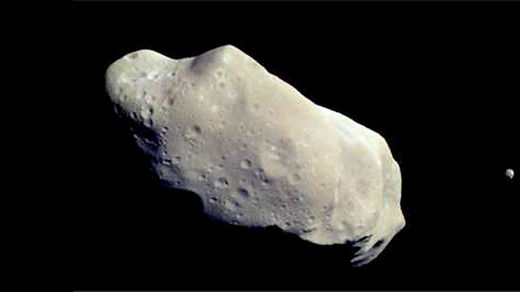
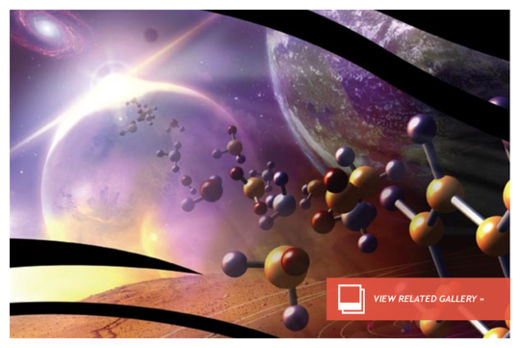
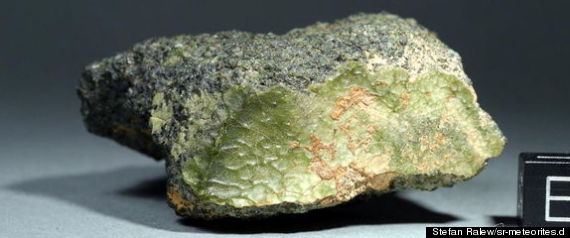
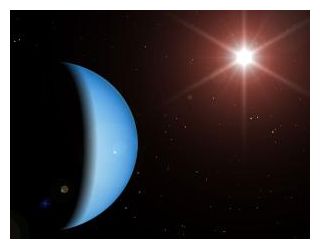
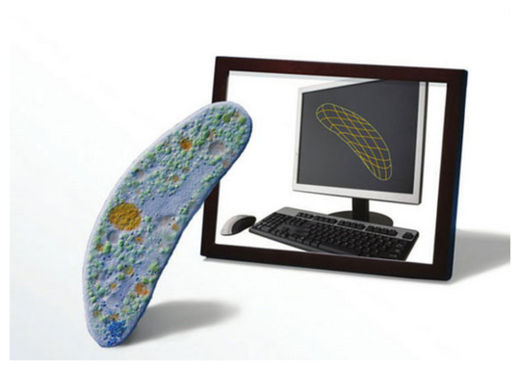
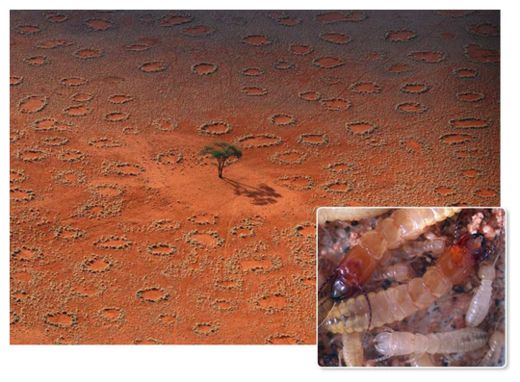
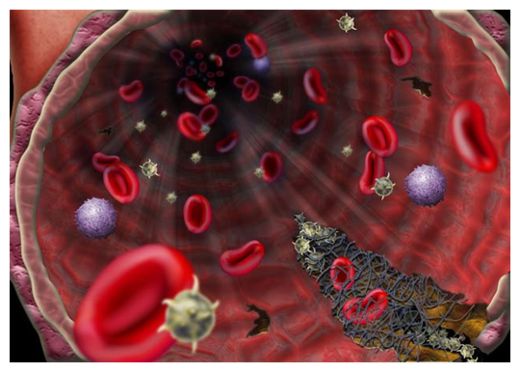
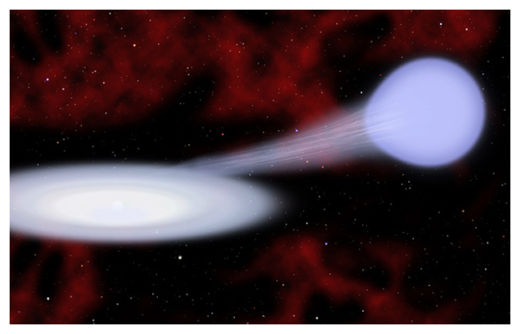




Comment: Wow, so now they're putting a price on civilization-destroying space rocks. What price human extinction?